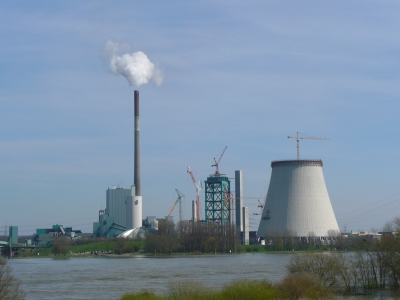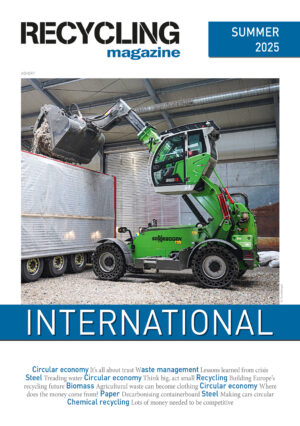Conducted by the independent ToxicoWatch Foundation with support from Zero Waste Europe, the findings show that the areas around Waste-to-Energy (WtE) facilities are contaminated, posing risks to public health, ecosystems, and food safety.
The studies, conducted near WtE facilities in Paris, Harlingen, and Zubieta, revealed widespread and dangerous levels of contamination in soil, water, vegetation, and even food such as farm eggs. Dioxin levels in moss, soil, and backyard chicken eggs exceeded EU limits at all three sites, with serious concerns for one sample site in Paris’ Ivry-sur-Seine district, a schoolyard playground. In Harlingen, PFAS concentrations in water were recorded at 138 times the Dutch legal drinking water threshold, while in Zubieta, a backyard egg sample from Hernani showed the highest dioxin levels found by the ToxicoWatch Foundation in Europe over the past 13 years. Heavy metals including lead, mercury, and arsenic were also detected in areas close to homes, parks, and schools.
Janek Vahk, Zero Pollution Manager at Zero Waste Europe, states: “These findings amount to a systemic failure of environmental oversight. Communities living near incinerators are being exposed to toxic chemicals, in some cases at levels far beyond what the law permits. This should raise immediate red flags across the EU.”
In Zubieta, located in Spain’s Basque Country, the situation is just as stark. A backyard egg sampled in Hernani contained 38 pg TEQ/g fat — over 10 times the EU legal limit — representing the highest dioxin reading recorded by ToxicoWatch in Europe. Moss samples show dioxin concentrations up to 300 times higher than baseline levels measured before the incinerator began operating in 2020. PFAS and heavy metals were also found in water, moss, and soil.
In Paris, soil and moss samples taken near schools and public spaces in Ivry-sur-Seine showed dioxin levels above EU safety thresholds. One such site, the Jardin des Plantes — a central Parisian park located 2.5 km from the incinerator — was found to be contaminated. This adds to growing evidence of exposure in urban settings, particularly affecting vulnerable populations such as children. France’s national health agency has already confirmed that backyard chicken eggs in the region are too polluted to consume, due to dioxins and PFAS.
In Harlingen, the Netherlands, PFAS levels in eggs were found to be comparable to those found near a major fluorochemical plant — despite no such industry operating nearby. One water sample recorded PFAS concentrations 138 times the Dutch legal limit, and dioxin levels in soil have increased sevenfold since 2013. Heavy metals such as mercury and lead were detected in mosses at levels that exceed thresholds associated with significant health risks.
Abel Arkenbout, Head of Research at ToxicoWatch, states: “This is a textbook case of toxic accumulation in the environment and food chain.”
Zero Waste Europe is calling on EU institutions and national governments to urgently take action. This includes introducing mandatory, real-time monitoring of POP emissions from all Waste-to-Energy facilities, particularly during non-standard operations (OTNOC), which remain underregulated and are frequently the source of emissions spikes. Regular biomonitoring must also be carried out in areas surrounding incinerators, with a focus on food-producing zones and vulnerable populations. More broadly, the findings reinforce the need for a rapid transition toward non-burn, zero waste alternatives to protect public health and the environment.
“These results dismantle the myth that waste incineration is a clean or safe solution,” added Vahk. “The era of burning waste must end.”











